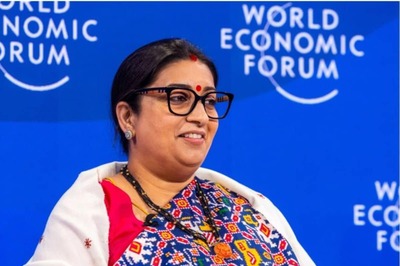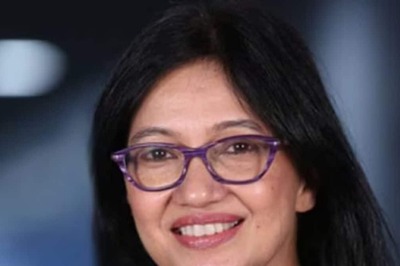
views
Bhubaneswar: After the National Investigation Agency (NIA) chief said that Odisha was one of three states where terror outfit Jamaat-ul-Mujahideen Bangladesh (JMB) had intensified its activities in recent years, fresh security concerns have surfaced in the coastal state where thousands of Bangladeshi migrants are believed to have settled illegally over the past few decades.
The Bangaldesh-based outfit that was linked to blasts in West Bengal’s Burdwan district in 2014 and the Bodh Gaya blasts last year was banned in India in May.
NIA Director General Yogesh Chander Modi said in New Delhi on Monday the outfit had intensified its activities in Assam, Jharkhand and Odisha in recent years, adding that “a list of 125 suspected JMB members” had been circulated to the states concerned.
Odisha’s coastal districts, especially Balasore, Kendrapara and Jagatsinghpur, are home to over 50,000 families of Bengali-speaking people, many of whom are believed to be Bangladeshi nationals who entered illegally and got settled over the past several decades. Most of these families are Hindu and are largely engaged in fishing in the sea and selling the same, said sources.
“Whenever any information about terrorists is received from the NIA or any other source, the Odisha Police would take appropriate action on it. We are ready to take all necessary action,” said Odisha DGP BK Sharma when asked to comment on the NIA chief’s statements made at a conference of the heads of anti-terrorist wings of various state police forces.
Former Odisha DGP Bipin Bihari Mishra said the NIA chief’s words should be taken seriously. “These 125 terror suspects are living incognito. Since it is an intelligence input, our efforts to catch them should stay a secret. I do not understand how wise it is strategically to talk about this in the media,” he said.
While the Odia-speaking people said it was time to locate and drive out the illegal Bangladeshi settlers, Bengali-speaking people were eager to explain that there were hardly any illegal migrant living among them.
“Since Balasore is a coastal district and borders West Bengal, it has been an easy target of illegal Bangladeshis for the past several decades. They have been coming and settling in various places across the state. The government has never looked serious about this burgeoning problem,” said Balasore-based lawyer Manoj Nayak.
Pradip Kumar Pati, a social worker from the same district, said, “Bangladeshis are present in large numbers in many places across Balasore district. The areas along the Chandipur sea beach and Kashafala and even areas in Balasore town like Adar Bazar and Sunhat have a sizeable Bangladeshi migrant population. They have often been found involved in law and order problems,” he said.
A resident of Jagatsinghpur district said, “Almost all the Bengali-speaking people living in Jagatsinghpur district are descendants and kin of Bengalis who came from West Bengal when Paradip port was set up.”
“We have grown up listening to our family members telling us how they had carried bricks and stones to build the port. They later quit working at the port and entered the fishing business as it brought them bigger earnings than salaries at the port,” added Jagannath Haldar, 30, a resident of Ghanagolia in the district .
The largest concentration of illegal Bangladeshi migrants is believed to be in Kendrapara district. However, Jagatsinghpur, where Paradip port is located, often stays in the news for the problem.
A Bangladeshi national, Khokan Sheikh, was convicted by a court in Kujang in 2007 for illegally living in Paradip for over three years. Two Bangladeshi men were arrested in the district in 2011 for carrying out smuggling activities in the waterways and carrying passports of both the countries.
A court in Jagatsinghpur had sentenced to imprisonment 15 Bangladeshi fishermen in 2013 for illegally fishing in Indian waters for two years.
In March 2015, Odisha Chief Minister Naveen Patnaik had informed the Assembly that 3,987 infiltrators lived in the state and that all of them were Bangladeshis. Citing a survey, he had said the largest number of Bangladeshi infiltrators were found living in Kendrapara district (1,649), followed by 1,112 in Jagatsinghpur.
BJP leaders, including party’s national vice-president Baijayanta Panda, a former BJD MP from Kendrapara, had earlier called for a National Register of Citizens (NRC)-type exercise in the state, but the Biju Janata Dal-led government is yet to express its willingness on the matter.



















Comments
0 comment